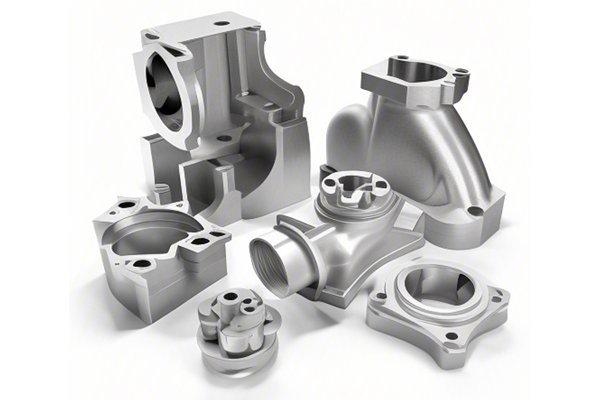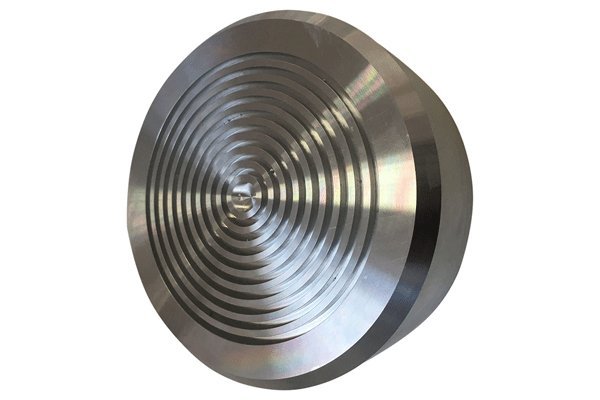Did you know that even a small change in material thickness can significantly impact the performance and quality of CNC-machined parts? In an industry where precision and efficiency are paramount, understanding how material thickness affects CNC machining can be the difference between success and costly error.
As manufacturing continues to evolve, the need for customized parts grows, leading to various material types and thicknesses used across industries from aerospace to automotive. In this blog, we will delve into the complexities of material thickness in CNC machining, exploring its effects on machining performance, techniques to mitigate potential problems, and how to optimize processes for the best outcomes.
1.1 What is CNC Machining?
Computer Numerical Control (CNC) machining refers to a subtractive manufacturing process where pre-programmed computer software dictates the movement of machinery and tools. This enables the automated production of intricate parts with high precision. CNC machining is widely used because of its versatility, allowing manufacturers to create components from various materials, including metals, plastics, and composites.
1.2 The Role of Material in CNC Machining
The material chosen for CNC machining is fundamental to the outcomes and performance of the final product. Different materials possess unique properties such as hardness, tensile strength, and machinability, which directly influence how easy or difficult they are to machine. Among these properties, one aspect that often gets overlooked is material thickness.
2.1 Defining Material Thickness
Material thickness plays a critical role in CNC machining, referring to the measurement from one surface of a material to the opposite side. In many applications, a slight adjustment in thickness can transform a finished part’s integrity, durability, and appearance, as well as its manufacturing cost and time.
2.2 Effects of Thickness on Machining Performance

3.1 Tooling
The tools used in CNC machining must be appropriate for the thickness and type of material being machined. For instance, using a high-speed steel tool for a thick aluminum piece may not yield the desired results in terms of both efficiency and finish.
3.2 Cutting Speed and Feed Rate
The cutting speed and feed rate must correspond to the material thickness to maintain optimal performance. A slower feed rate could be necessary for thicker materials to prevent undue strain on the tooling.
3.3 Type of Material
Different materials respond uniquely to machining processes based on their thickness. Understanding the properties of materials like aluminum, steel, or composites is critical for successful machining.
4.1 Risk of Distortion
Thicker materials are more prone to thermal distortion, particularly when cutting generates significant heat. If pre-heating is not integrated into the machining process, one may face challenges with dimensional accuracy.
4.2 Inconsistent Cutting Forces
Variability in thickness can lead to inconsistencies in cutting forces. This variability can cause vibrations that affect surface finish or lead to damage in the tool or part being machined.
4.3 Tool Wear and Longevity
The wear rate of cutting tools dramatically increases with material thickness. Thicker materials require more energy, leading to faster tool degradation and, consequently, increased costs.
5.1 Pre-Machining Assessment
Before machining even begins, a comprehensive thickness assessment should be performed to ensure all thickness variations are accounted for. This involves precision measurement tools and techniques.
5.2 Using Simulation Software
CNC machining simulation software can help visualize the machining process before actual production. This ensures potential issues related to material thickness are identified and rectified early on.
5.3 Effective Tool Selection
Incorporating advanced tooling technologies such as coated cutting tools can help manage the challenges presented by the thickness of the material.
6.1 Choosing the Right Tools
Selecting the appropriate tools is essential. Assess each component’s requirements to find the most suitable tools that can handle the material thickness efficiently.
6.2 Adjusting Parameters
For thicker materials, machinists may need to adjust parameters such as cutting speed, tool path, and feed rate to optimize the overall machining process.
6.3 Continuous Monitoring
Implementing real-time monitoring systems can help detect variances during machining due to thickness discrepancies. This allows for immediate corrective actions to maintain both quality and precision.
7.1 Aerospace Industry
The aerospace sector requires components with precise thickness tolerances to ensure structural integrity and performance. Companies like Boeing and Airbus invest heavily in machining technologies that account for thickness during the design phase to optimize their manufacturing processes.
7.2 Automotive Manufacturing
In automotive parts production, material thickness can dictate the performance of critical components such as chassis and supporting structures. Manufacturers such as Ford and Tesla utilize CNC machining systems that can adjust cutting parameters dynamically based on the material thickness to ensure optimal outcomes.
7.3 Medical Devices
In medical device manufacturing, thickness can significantly influence the functionality and sterility of products. CNC machining provides the necessary precision for creating devices with varying thicknesses, helping ensure patient safety and product reliability.
As technology advances, the precision in measuring and machining various thicknesses will inevitably improve. Innovations in materials science may lead to the development of new composites that perform better and are easier to machine despite their thickness. The integration of Industry 4.0 concepts, such as the Internet of Things (IoT) and AI-driven machines, will further allow for dynamic adjustments in machining parameters based on real-time data about material thickness and behavior.
Understanding the implications of material thickness within CNC machining is essential for achieving high-quality, precise components that meet the demands of various industries. From tool selection to production monitoring, each aspect plays a role in the successful machining of materials with different thicknesses. By recognizing the significance of these factors, manufacturers can streamline their processes, ensuring not only improved performance and reduced lead times but also lower costs and enhanced product quality.
In today’s competitive manufacturing landscape, effectively managing material thickness is not just an option; it’s a necessity. As we’ve explored, the techniques and practices outlined in this blog provide a foundation for understanding how to tackle thickness-related challenges. We encourage manufacturers to reflect on these considerations and actively integrate best practices into their operations to stay ahead of the curve.
By doing so, you’re not only enhancing the quality of your products but also solidifying your position in an industry that increasingly demands precision, efficiency, and innovation. The future of CNC machining is bright, and understanding material thickness is a crucial part of that journey.






